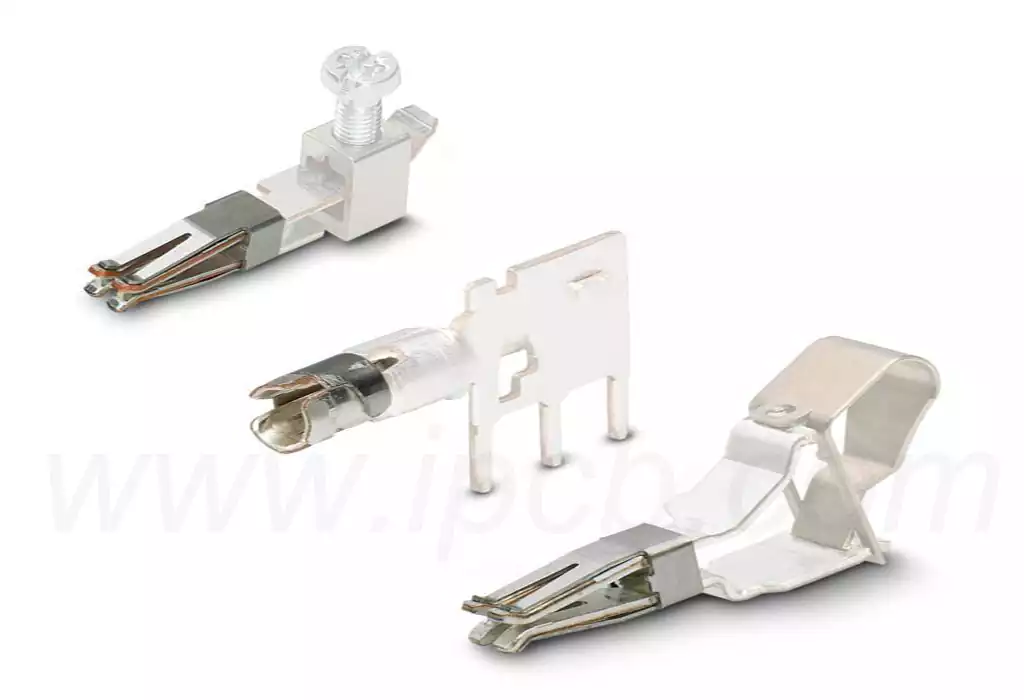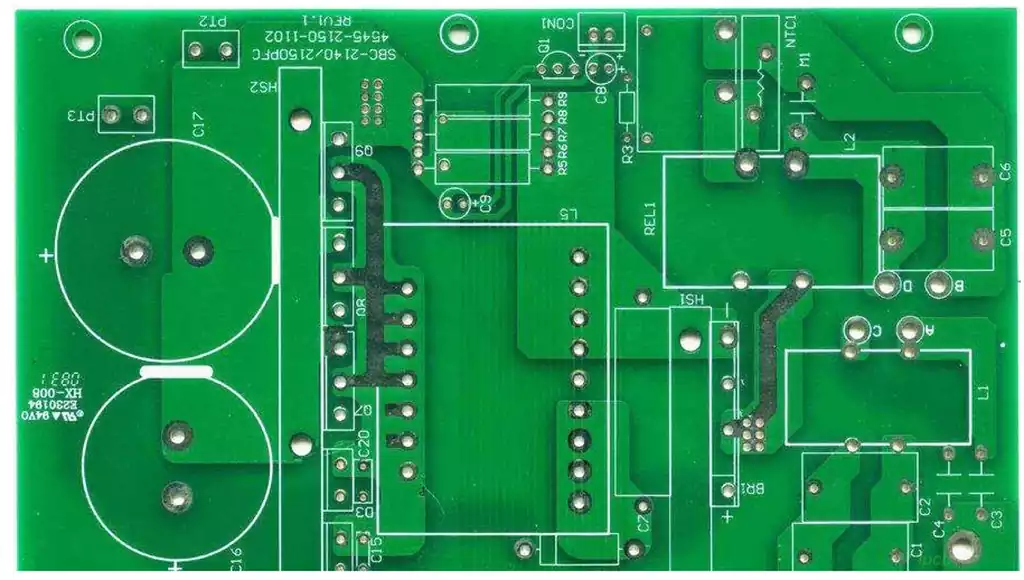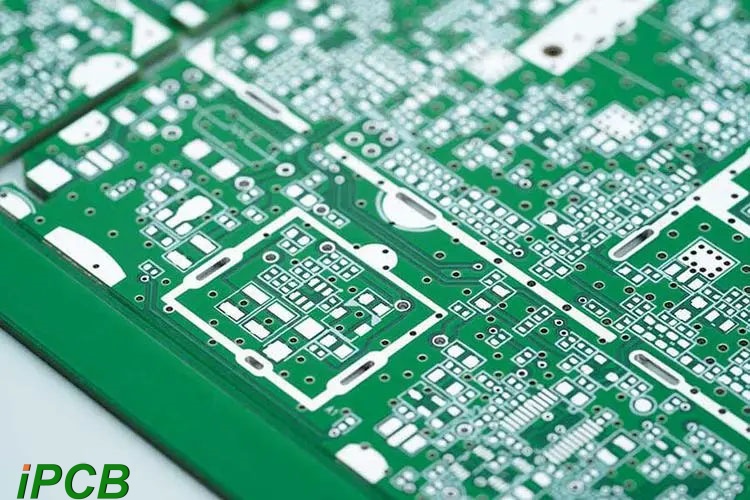An smt pin transfer is a connector used in surface mount technology (SMT), primarily to enable electrical connections between circuit boards. The design of the device enables components to be efficiently connected to a printed circuit board (PCB) to ensure signal transmission and power supply.
By connecting to the pads on the board through its pins, this adapter is able to provide an interface with other electronic components, allowing them to share power and data.SMT pin transfer is generally designed with ease of installation and efficient signal integrity in mind, and are able to support a number of different types of electrical connection requirements. It is widely used in a variety of applications such as portable electronics, communication devices, LCDs and measuring instruments. In these areas, pin adapters effectively address the need for connectivity between the various circuits within a device, enhancing the performance and reliability of the product.
The main function of the smt pin transfer is to serve as a bridge between circuits that are blocked or isolated. It can carry current or signal transmission, to ensure effective communication between the various components, is an indispensable part of the circuit design.
SMT pin transfer is compact and offer greater stability and reliability than traditional component connections.These connectors can be soldered directly to the surface of a circuit board using surface mount technology (SMT), which reduces space requirements and improves overall assembly efficiency. These adapters are often designed to be highly compatible with different types of boards and applications. Their flexibility allows engineers to more easily carry out circuit design and adjustment, to meet the rapidly evolving electronics industry on the different requirements of the connector.
SMT pin transfer is usually designed to emphasize compactness and high-density installation. They are designed with a miniaturized structure that can provide multiple connection points in a limited space. Most SMT pin adapters utilize a spring-loaded construction to ensure good contact quality and have adaptive insertion force to accommodate different components . Additionally, many feature an error-proof design to ensure that the user does not make a mistake during installation.

When choosing smt pin transfer, you should pay attention to the factors:
1.Solderability
Solderability is an important consideration when selecting an SMT pin adapter. Ensure that the soldering area of the adapter matches the quality of the solder paste print to ensure that a good electrical and mechanical connection is formed during the soldering process. This includes solder strength and heat resistance for different working environments and temperature conditions.
2.Material Selection
The material of the pin transfer can significantly affect its performance and life. Materials with good electrical conductivity and corrosion resistance, such as gold-plated or silver-plated conductor materials, should be selected to improve the efficiency of electrical transmission. In addition, the choice of high temperature resistant plastic materials to ensure that the adapter will not be damaged during the soldering process.
3.Size Matching
When selecting SMT pin adapters, the size and hole layout of the PCB board should be fully matched. Carefully check the pin spacing and diameter of the adapter to ensure that it can be correctly installed on the PCB, without causing layout difficulties or the risk of poor connection.
4.Mounting method
Different SMT pin adapters may have different mounting methods. Understanding the mounting method (e.g. automatic or manual mounting) facilitates subsequent assembly. Choosing the appropriate mounting method for your production line equipment can improve productivity and reduce operational complexity.
5.Application Scenarios
Finally, select the appropriate SMT pin adapter according to the specific application scenario. For example, for high-frequency applications, an adapter with low parasitic inductance and capacitance may be required. In addition, considering the operating environment of the circuit (e.g., humidity, temperature, etc.), selecting an adapter with appropriate protection can enhance the stability and reliability of the overall system.
The different types of SMT pin adapters have their own advantages and disadvantages in practice. The advantages are mainly in terms of adaptability, flexibility of connection and suitability for efficient production, while the disadvantages are related to difficulties in design changes, lack of precision control and high environmental requirements. Therefore, the selection of a suitable adapter should take into account the needs of the application and the possibilities for improvement.
Advantages
1.Flexible connection
SMT pin adapters enable flexible connections between different types of interfaces and promote compatibility of various devices and modules. This adaptability makes them useful in a wide range of electronic applications, such as Arduino development boards, where components such as sensors, actuators and displays can be easily connected.
2.Efficient Production
Due to the ability to bond multiple points at the same time, pin adapters are able to increase productivity and are suitable for high-volume production.In many applications,this technology is easy to integrate into automated assembly processes,which in turn reduces labor costs and time consumption.
3.Reliable Signal Transmission
By integrating a PCB within the adapter,bi-directional signaling can be achieved, ensuring effective communication between connected components. This design enhances the signal integrity between individual components and improves system reliability.
Disadvantages
1.Difficulty in design changes
When the PCB design needs to be updated, it is difficult to make changes to the location of the pins. This drawback can lead to increased time and cost consumption in design iterations or new product development.
2.Accuracy Control Problems
For applications requiring high precision, insufficient precision in controlling the amount of glue may lead to poor bonding, thus affecting the quality of the signal connection. If the glue is not used properly, it may cause bad contact or short circuit phenomenon.
3.High environmental requirements
The open system of the pin adapter makes the glue easily contaminated, affecting the quality. Therefore, in the use and storage process, the environment needs to be strictly controlled to avoid external impurities negatively affect product quality.
4.Easy to cause tin bridge
In the production process, the minimum distance between openings needs to be appropriately enlarged to eliminate the risk of tin bridges or broken sources of solder. Overly tight grid design can be deformed during the printing process,resulting in soldering defects.
SMT pin transfer has become an important part of a variety of electronic applications due to their flexible connectivity and efficient production features. Although there are difficulties in updating the design, lack of precision control and high environmental requirements, the importance of adapters in signal transmission is increasing day by day, as can be seen from their wide range of applications in various fields.


